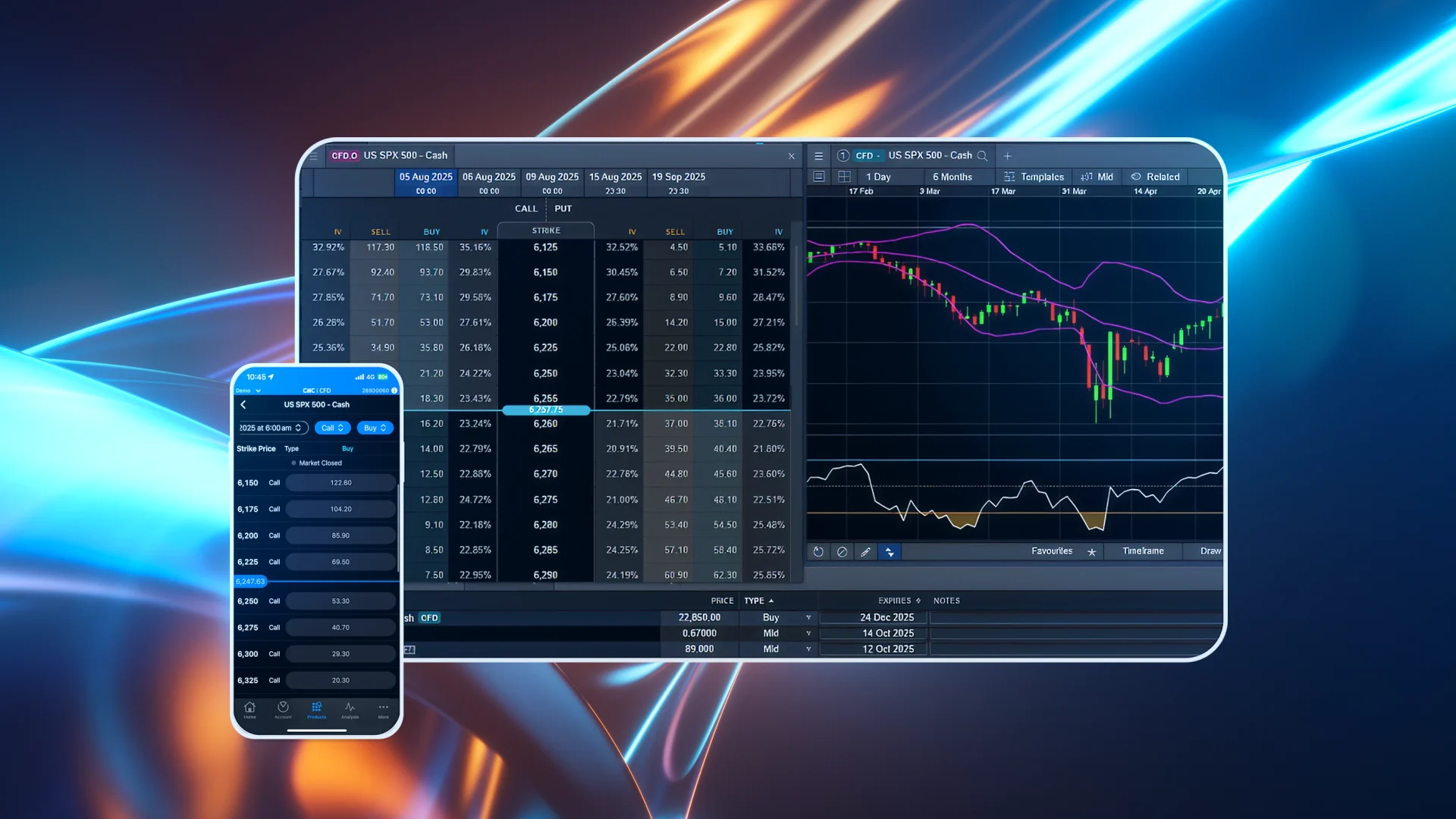Google Finance Head: Anything That Can Be Automated, We Strive To Automate
The Mountain View, Calif.-based software giant is using a combination of tools, including artificial intelligence, automation, the cloud, a data lake and machine learning to run its finance operations and offers programming and other training to its employees.
CFO Journal talked to Kristin Reinke, vice president and head of finance at Google, about those new technologies and how they accelerate the quarterly close, the use of spreadsheets in finance and the things that cannot be automated. This is the fourth part of a series that focuses on how chief financial officers and other executives digitize their finance operations. Edited excerpts follow.
WSJ: What are the core parts of your digitization strategy?
Kristin Reinke: We try to focus on the most important things: Automation and [how] we can improve our processes, being better partners to the business and then [reinvesting] the time we save into the next business challenge.
WSJ: Which tools are you using?
Ms. Reinke: We’re using [machine learning] in just about all areas of finance to modernize how we close the books or manage risks, or improve our [operating] processes or working capital. Our controllers are now using machine learning to close the books, using outlier detection.
The flux analysis required for closing the books was once a very manual process. It took about a full day of knitting together various spreadsheets to pinpoint those outliers. Now, it takes one to two hours and the quality of the analysis is improved. [We] can spot trends quicker and diagnose outliers. There’s another example in our [finance planning and analysis] organization: One of our teams built a solution using outlier detection. So they married outlier detection with natural language processing to surface anomalies in the data. We are using this machine learning to help us predict and identify where we need to dig a little further. [Note: A flux analysis helps with analyzing fluctuations in account balances over time.]
WSJ: What’s left to be done?
Ms. Reinke: One place where we’re looking to improve is with our forecast accuracy tool. This tool uses machine learning to generate accurate forecasts, and it outperforms the manual, analyst-developed forecast in 80% of the cases. There’s interest and excitement about the potential for this kind of work to be automated, but adoption of the tool itself has been slow, and we’ve heard from our analysts that they want more granularity and transparency into how the models are structured. We’re working on these improvements so that we can better understand and trust these forecasts.
WSJ: What skills do the people that you hire bring?
Ms. Reinke: We want to hire the best finance minds. In a lot of cases, that talent is technical. They have [Structured Query Language] skills [a standardized programming language]. We have a finance academy where we offer SQL training for those that want it. We try to give our talent all the tools that they need so that they can focus on what the business needs. We are giving them access to [business intelligence] and [machine learning] tools, so that they’re not spending time on things that can be automated.
WSJ: You have worked in Google’s finance department since 2005. What changed when Ruth Porat became CFO of Alphabet and Google in 2015?
Ms. Reinke: When Ruth came on board, she brought a real focus on the organization and this discipline to automate where we can. She talks about this core principle, “You can’t drive a car with mud on the windshield. Once you clear that away, you can go a lot faster,” and that’s the importance of data.
WSJ: What are the next steps as you continue to digitize the finance function?
Ms. Reinke: I think there’s going to be a lot more applications of [machine learning] and making sure that we’ve got data from across the business. We’ve got this finance data lake that combines Google Cloud’s BigQuery [a data warehouse] with financial data from our [enterprise resource planning system] and all sorts of business data that we will continue to feed as the business grows.
WSJ: Can you give more examples of new technologies and how they make your finance function more efficient?
Ms. Reinke: We use Google Cloud’s BigQuery and Document AI technology to process thousands of supply-chain invoices from our suppliers. [Document AI uses machine learning to scan, analyze and understand documents.]
By pulling in data from our ERP and other supply-chain system data, we can take those thousands of invoices and validate against them and systemically approve [them]. Where we have outliers, we can actually route those back to the business. And so it’s a less manual process for the business and for finance.
WSJ: Is your finance team using Excel or a similar tool?
Ms. Reinke: We use Google Sheets. Our finance teams love spreadsheets. I remember back in the early days, we had a bunch of finance Googlers using it and it wasn’t exactly what we needed. And so they worked with our engineering colleagues to incorporate features and functionalities to make it more useful in finance.
WSJ: Are there tasks that will be off limits as you automate further?
Ms. Reinke: Anything that can be automated, we strive to automate. There’s so much judgment that is required as a finance organization, and that’s something that you can’t automate, but you can automate the more routine activities of a finance organization by giving them these tools.
WSJ: Do you have more examples of things that cannot be automated?
Ms. Reinke: When you’re sitting down with the business and walking through a problem that they have, you’re never going to be able to automate that. That kind of interaction will never be automated.
WSJ: How many people work in your finance organization?
Ms. Reinke: We don’t disclose the size of our teams within Google.
This story has been published from a wire agency feed without modifications to the text








